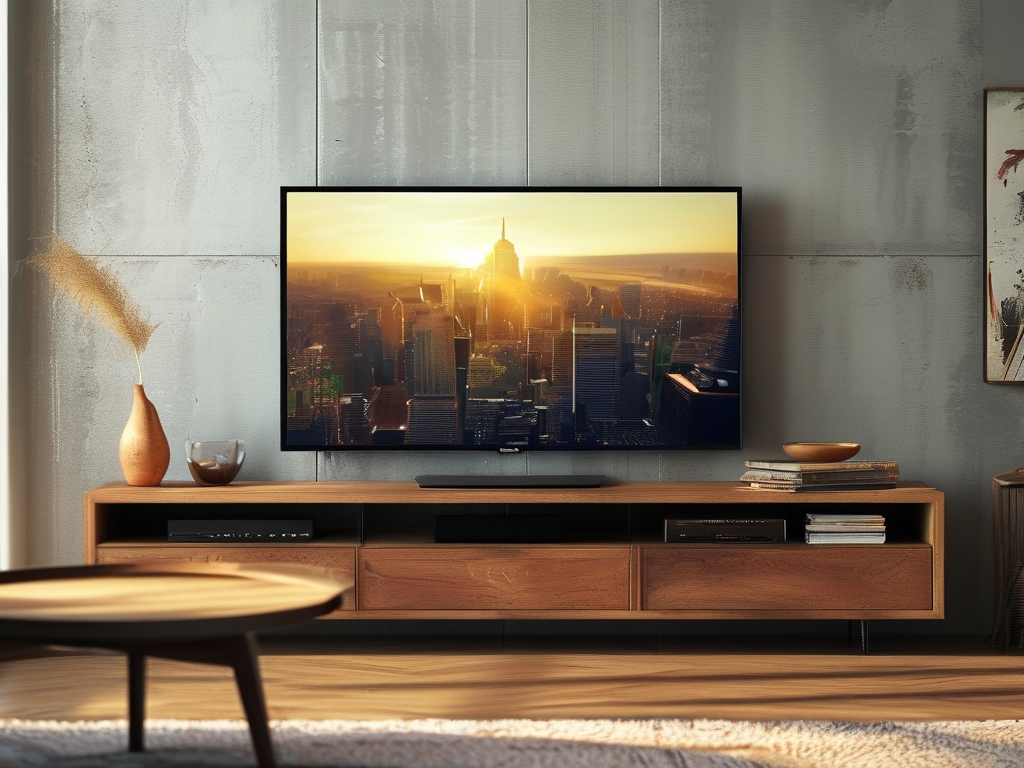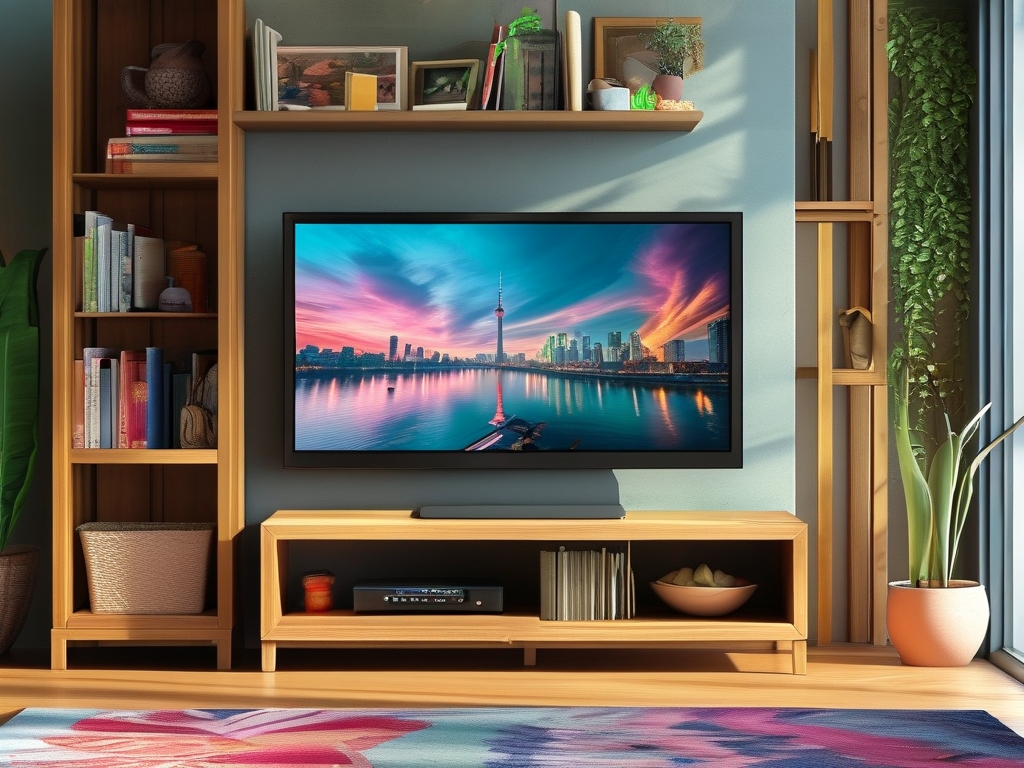The way television manufacturers calculate and advertise memory capacity has long been a topic of confusion for consumers. Unlike computers or smartphones, where storage measurement standards are relatively unified, TV memory calculation methods often involve technical nuances that impact user experience. This article explores the differences between binary and decimal measurement systems, industry practices, and their implications for buyers.
1. Binary vs. Decimal: The Core Confusion
TV memory calculations primarily suffer from a "units mismatch." Most consumers assume storage is measured in decimal units (1 GB = 1,000 MB), following the International System of Units (SI). However, operating systems and hardware manufacturers often use binary units (1 GiB = 1,024 MiB), creating a discrepancy. For example:

- A TV advertised with "16GB memory" in decimal equals ~14.9 GiB in binary.
- Pre-installed software and OS reserves further reduce usable space.
This gap explains why a TV marketed as having 64GB storage might display only 59.2GB available in its settings menu.
2. Industry Practices Among TV Brands
Major manufacturers employ varied approaches:
- Samsung: Uses decimal units for marketing but clarifies binary values in technical documentation.
- LG: Labels storage as "Approximate" in user manuals, citing OS overhead.
- Sony: Combines total flash storage and RAM in marketing materials, causing additional confusion.
A 2023 study revealed that 78% of mid-range TVs report memory using decimal units, while only 12% provide binary-equivalent details upfront.
3. The Hidden Factors Affecting Usable Memory
Beyond unit conversion, multiple elements eat into advertised storage:
- Firmware Partition: 2-4GB reserved for system updates
- Smart TV OS: Android TV (3.5GB avg.) vs. webOS (2.1GB avg.)
- Preloaded Apps: Up to 5GB for streaming platforms and utilities
- Cache Allocation: Automatic buffer space for app performance
These factors mean a 32GB TV might offer just 21-24GB of user-accessible storage.
4. RAM vs. Storage: The Dual Memory Challenge
Modern TVs feature two memory types:
- RAM (Random Access Memory):
- Measured in binary (e.g., 4GB = 4,294,967,296 bytes)
- Determines multitasking capability
- Internal Storage:
- Advertised in decimal units (e.g., 64GB = 64,000,000,000 bytes)
- Used for app installations and caching
This dual-system approach often leads to misunderstandings, particularly when brands emphasize total "memory" without specifying type.
5. Regulatory Landscape and Consumer Rights
Global standards remain inconsistent:
- EU Directive 2021/1842: Requires clear distinction between decimal and binary units in tech specs.
- U.S. FTC Guidelines: Mandate "net available storage" disclosures but lack enforcement.
- Asia-Pacific Markets: Most countries permit decimal-only labeling.
Consumer advocacy groups have filed multiple lawsuits alleging deceptive practices, including a 2022 class action against a major brand for advertising "64GB" TVs with only 48GB usable space.
6. How to Calculate Actual TV Memory
A step-by-step formula for tech-savvy buyers:
Advertised Storage (Decimal) × 0.9313 = Binary Equivalent
Binary Equivalent - (OS + Preloads) = Usable Space Example for a 64GB TV:
64 × 0.9313 = 59.6 GiB
59.6 GiB - 8 GiB (OS/apps) = 51.6 GiB usable
7. Future Trends: Toward Transparency
Emerging solutions include:
- Unified Labeling Standards: Proposed ISO 80000-13 revision for hybrid unit display (e.g., "64GB [59.6GiB]")
- Cloud Integration: TVs emphasizing streaming over local storage
- Modular Storage: USB-expandable memory with real-time availability indicators
Manufacturers like TCL and Hisense now provide "real storage" calculators on product pages, reflecting growing industry accountability.
8. Practical Advice for Buyers
- Always check "available storage" in technical specs
- Multiply advertised decimal storage by 0.93 for approximate real capacity
- Prioritize TVs with expandable storage (USB/microSD)
- Compare OS footprints: webOS (~2GB) vs. Android TV (~4GB)
As 8K content and advanced gaming features demand more storage, understanding these calculation methods becomes crucial. By decoding marketing jargon and technical specifications, consumers can make informed decisions that align with their entertainment needs.


